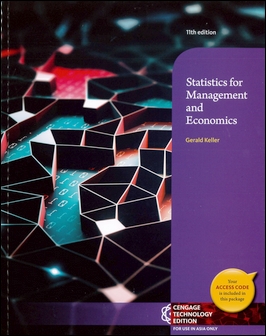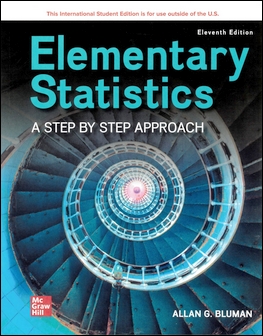書籍分類

Statistics for Management and Economics with Supplement 11/e
作者:Gerald Keller
原價:NT$ 1,420
ISBN:9788000050829
版次:11
年份:2018
出版商:Cengage Learning
頁數/規格:716頁/平裝彩色
版次:11
年份:2018
出版商:Cengage Learning
頁數/規格:716頁/平裝彩色
內容介紹 本書特色 目錄 作者介紹
- Description
Discover how statistical methods and tools are vital for today's managers as you learn how to apply these tools to real business problems. STATISTICS FOR MANAGEMENT AND ECONOMICS, 11E emphasizes applications over calculation using a proven three-step "ICI" approach to problem solving. You learn how to IDENTIFY the correct statistical technique by focusing on the problem objective and data type; how to COMPUTE the statistics by hand or using Excel® or XLSTAT; and how to INTERPRET results in the context of the problem. Extensive data-driven examples, exercises, and cases address the functional areas of business and demonstrate how marketing managers, financial analysts, accountants, and economists rely on statistical applications. Engaging cases focus on climate change and the relationship between payroll and wins in professional sports, while dozens of exercises feature the returns on 40 stocks, which are used to develop the market model and portfolio diversification.







